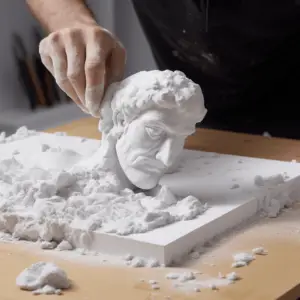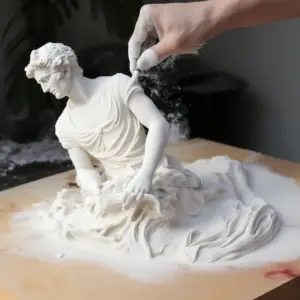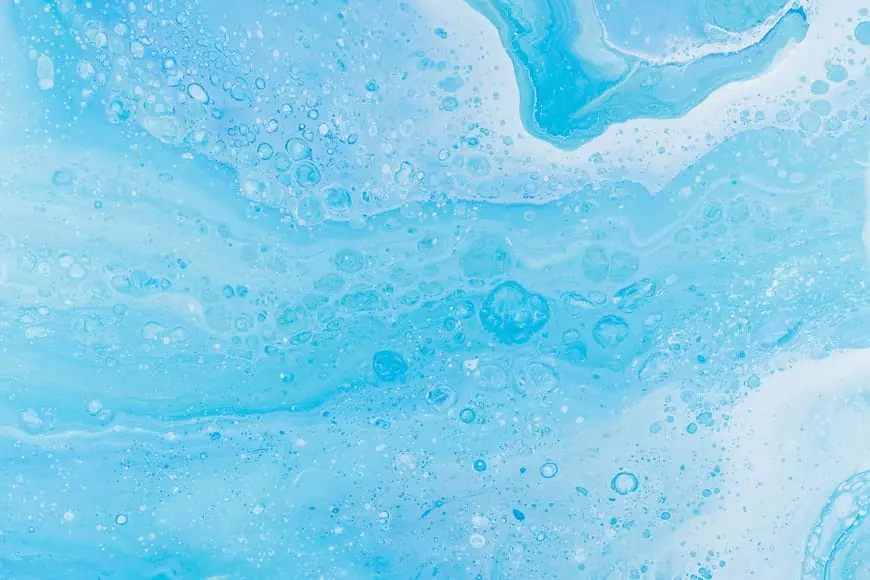Great Stuff Foam is an industrial-grade sealant produced and marketed for various construction and repair solutions. It is applied into cracks and crevices forming an air-tight and water-tight seal that will last.
Great Stuff is a powerful sealant and as such, comes with specific instructions plus an applicator that you should employ to get a perfect result.
Once applied, the foam settles into the space you want to seal and after a few minutes dries out or cures forming a hard impermeable block hence fixing the gap.
To remove this adhesive takes an equally powerful industrial grade solvent and a lot of scrubbing, cutting, and brute force extraction.
It is therefore important to work with caution when using Great Stuff adhesive, ensuring it does not get on your person.
Table of Contents
How to get Great Stuff foam off your hands

Wear protective clothing such as overalls and gloves. No matter how careful you are, however, accidents do happen and at some point, you may find your hands covered in Great stuff foam. If this happens, here is what you need to do.
Before Great Stuff Cures
Once great stuff is exposed to air, it takes anywhere from 5 to 15 minutes to cure which means once it has made contact with your hands, you have some time before it dries up.
Using paper towels or even a stick, pick away the foam from your hands without spreading it further onto your hands.
Work fast but carefully since you have little time. Get as much of it as possible off your hands this way.
You should be left with a thin layer of Great stuff still stuck to your hands. If this has not dried or cured yet, pour some acetone onto a piece of fabric and rub off the sealant. It should come off effortlessly.
Still, you must work fast since you still have only a small window before Great Stuff cures. Resist the temptation to wash your hands under running water if you get Great Stuff adhesive on your hands.
Before it has cured, water speeds up the curing process and in rubbing your hands together, you will end up spreading sealant onto more skin. You may end up gluing your fingers or your hands together. Washing your hands will not work.
Once Great Stuff has Cured
After 15 minutes, Great Stuff will have cured and removal becomes challenging. The first step is to cut away as much of it as you can using a knife. Being careful not to injure your hand, cut as much of the solid mass as you can get to.
Using a scraper or a file, file off the remaining amount. Sandpaper can also be used. Apply some force to sand off the surface of the sealant. This should rid your hand of a significant amount of the adhesive.
You should be left with a surface amount that you can no longer scrub off mechanically without damaging your skin as well.
To get rid of this remnant sealant, you may try using any or all of the following methods:
Warm Water with Dish Soap.
Wash your hands or soak them in warm water containing a copious amount of dish soap. The soap will not dissolve the sealant but it will soak your skin encouraging exfoliation of the skin that is stuck to the sealant.
Attempt to peel it off as the top layer of your skin loosens but this may be dangerous since cured Great Stuff could come off together with your skin.
Acetone
Cured Great Stuff can be removed by applying a solvent to break it down on a molecular level, destroying its capacity to remain solid.
There are many solvents that could break down cured Great Stuff this way and with impressive speed but needless to say, they will burn and dissolve your hand before they act on the sealant. You must use a chemical that your hands can accommodate.
A solvent is a substance that can dissolve other substances to form a solution. Acetone is an excellent solvent used for many industrial, commercial, and domestic purposes.
You will likely have acetone somewhere in the home or you can easily acquire some from a drug store near you.
Dip a piece of fabric in acetone and rub carefully on the dried sealant. It should start to thin out as it dissolves in the acetone and gets absorbed by the fabric. Continue until all of it has come off.
The sealant will dissolve based on the concentration of the acetone you have. Most of the acetone available in the drug store is used for cosmetic purposes and will be able to get the sealant off your hands.
If you have a lot of Great Stuff on your hands, place your hands in a basin bath of acetone and let the acetone dissolve away the sealant. You must be patient as this may take some time.
If you are wondering whether a more concentrated and purer form of acetone will get the job done faster, the answer is yes but your skin and flesh could dissolve along with the sealant causing a chemical burn.
While cosmetic use acetone is largely harmless to the skin, even with prolonged exposure, pure acetone is highly corrosive and unavailable.
Rubbing Alcohol and Hand Sanitizer

You can also use rubbing alcohol or hand sanitizer to try and get cured Great Stuff off your hands.
Rubbing alcohol is also a solvent but you will get better results with acetone if you have it since it is a better solvent than rubbing alcohol. Hand sanitizer contains some alcohol that can dissolve cured sealant.
It is however less efficient than acetone and rubbing alcohol since it is quite dilute and contains other substances that will be useless for this purpose.
Finally…just wait.
Once you are done with the acetone bath, just give the remaining sealant a few days to a week. Since your skin is constantly dying off and regenerating, soon enough, the skin stuck to the sealant will exfoliate naturally taking the sealant with it.


